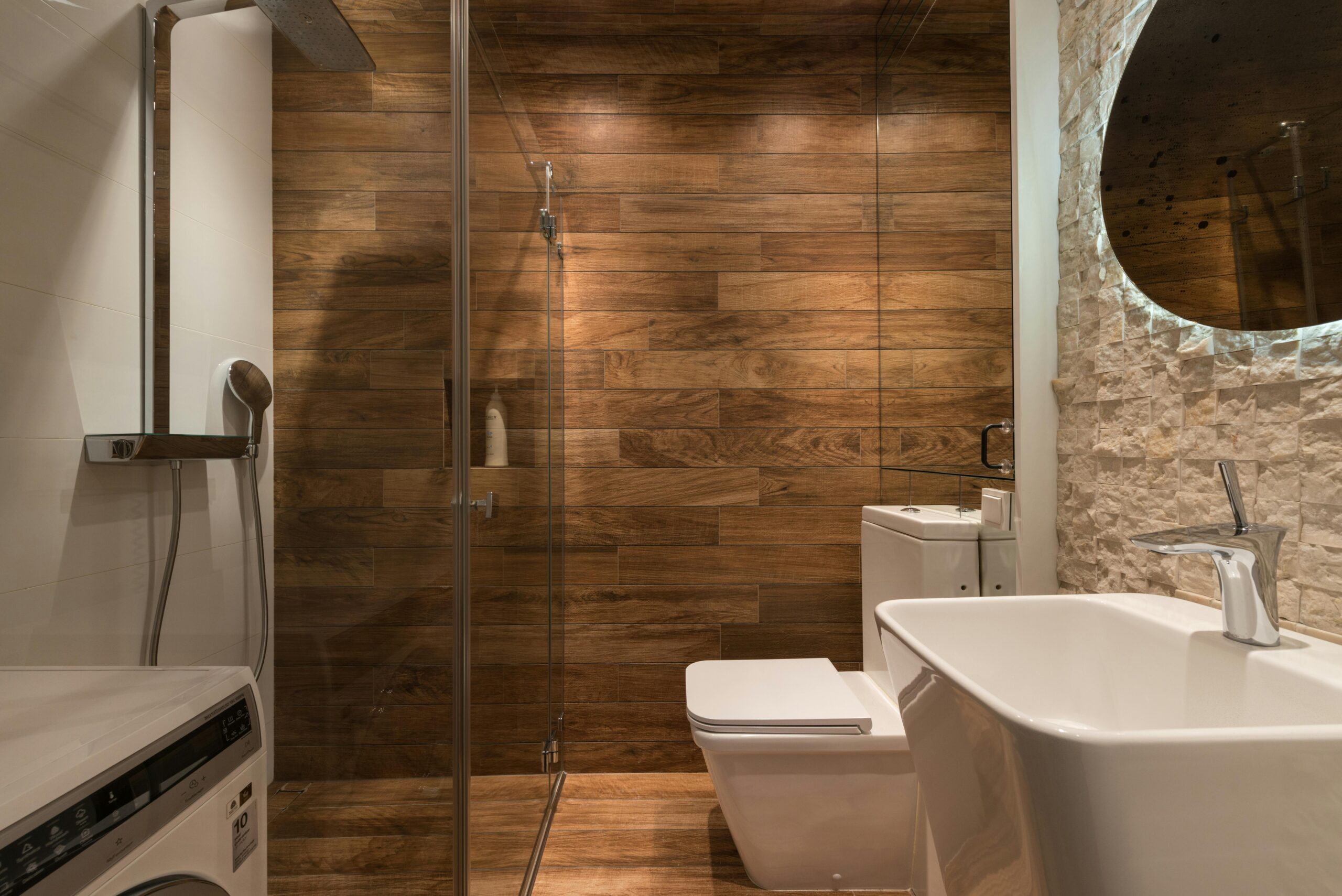Introduction:
In the domain of washroom design, every aspect holds significance. From the tiles embellishing the walls to the fixtures suspended from above, each detail contributes substantially to both the utility and aesthetic appeal of the area. One particularly essential part, often underestimated yet profoundly impactful, is the linear drainage system for showers. This seemingly inconspicuous feature not only serves a utilitarian function but also advances equality and accessibility in current washrooms.
Table of Contents
The Evolution of Shower Drains:
Historically, shower drains were fashioned as circular grates situated centrally within the shower floor. While effective, these drains frequently disrupted the aesthetic coherence of the area and were prone to obstruction due to their limited surface area. Nonetheless, with progress in pattern and technology, the appearance of linear drainage systems has heralded a new era in shower practicality.
Functionality and Productivity:
A primary benefit of linear drainage systems lies in their productivity in water removal. Unlike conventional drains that rely on a single exit point, linear drains span the entire breadth of the shower, facilitating unimpeded water flow. This not only prevents water accumulation but also mitigates the risk of accidents, fostering an environment conducive to individuals of all capabilities.
Inclusive Integration:
Another remarkable attribute of linear drainage systems is their seamless assimilation into diverse washroom aesthetics. Available in an array of styles and finishes, these drains can be tailored to coordinate with any d pattern motif, whether modern or traditional. Furthermore, their sleek contour and flush installation afford a barrier-free atmosphere, championing equality and incorporation within washroom settings.
Accessibility and Universal Pattern:
In an era where accessibility is paramount, linear drainage systems offer a practical solution for establishing barrier-free showers. Their low-profile pattern obviates the need for cumbersome thresholds, rendering them easily reachable to individuals with mobility constraints or those reliant on mobility aids such as wheelchairs or walkers. This universal pattern ethos not only supports for equality but also ensures the longevity of washroom infrastructure for aging individuals.
Installation Adaptability:
Linear drainage systems exhibit remarkable adaptability in installation. In contrast to traditional drains requiring precise placement at the shower center, linear drains can be situated along the periphery or even adjacent to walls, affording greater flexibility in washroom layout and design. This adaptability enables designers and homeowners to explore innovative shower configurations while upholding principles of equal access.
Linear Drainage Systems Maintenance and Cleaning:
Maintaining a hygienic shower area is imperative for preserving a healthy washroom environment. Linear drainage systems facilitate effortless maintenance owing to their reachable pattern. Without of intricate grates or crevices prone to debris accumulation, cleaning becomes a straightforward task. A cursory wipe or rinse suffices to keep the drain free from buildup, ensuring optimal practicality and hygiene for all.
Conclusion:
In the realm of current washroom pattern, linear drainage systems emerge as mainstays of equality and accessibility. Their seamless integration, incorporation, and adaptability render them the preferred choice for perceptive homeowners, designers, and contractors alike. Beyond their utilitarian benefits, these systems elevate the aesthetic allure of any shower area, transforming a mundane necessity into a symbol of equality and inclusion. Whether embarking on a washroom renovation or construction, consider incorporating a linear drainage system to champion principles of equality and accessibility for all.
